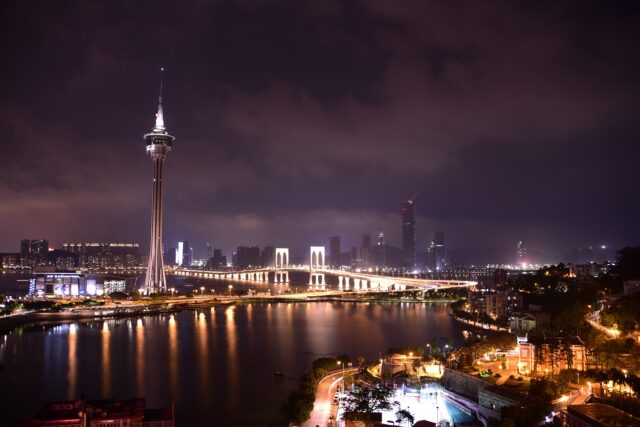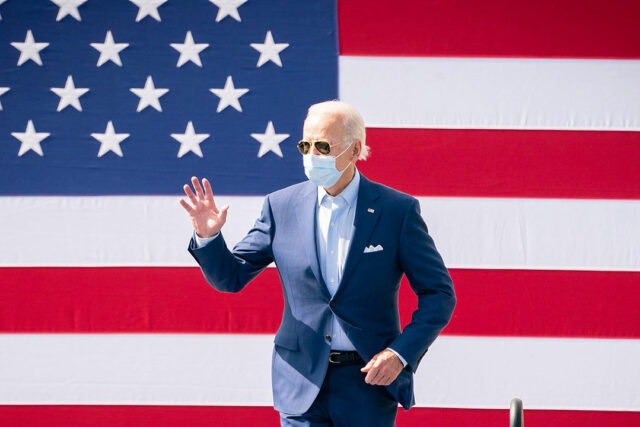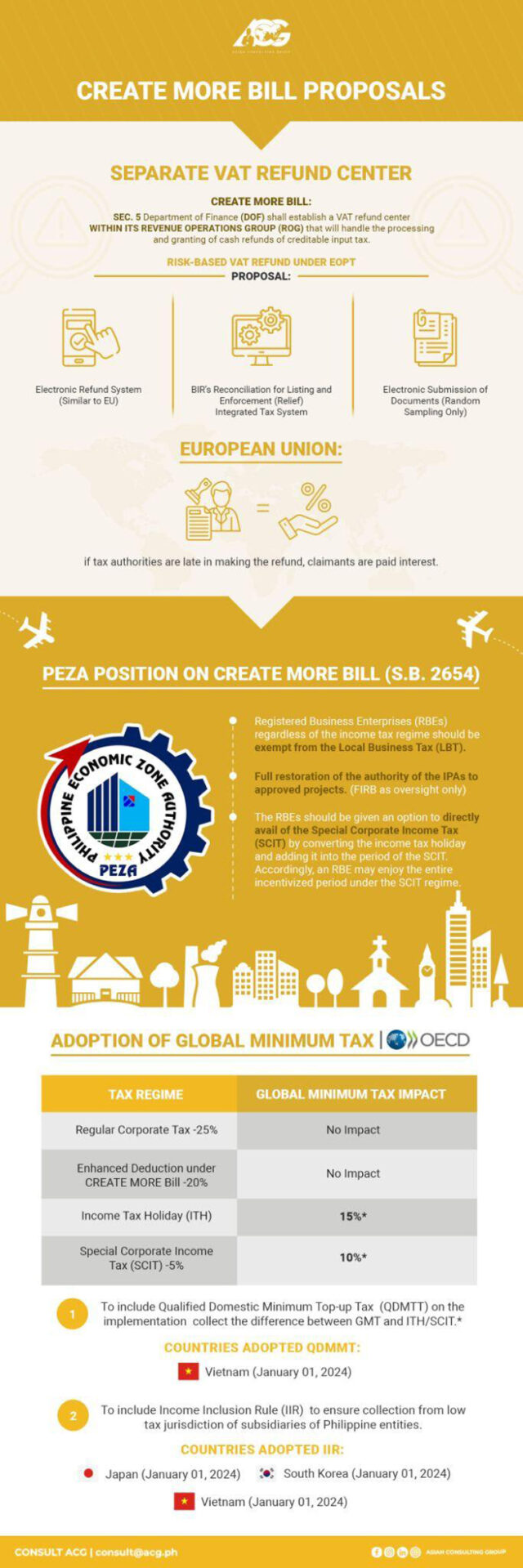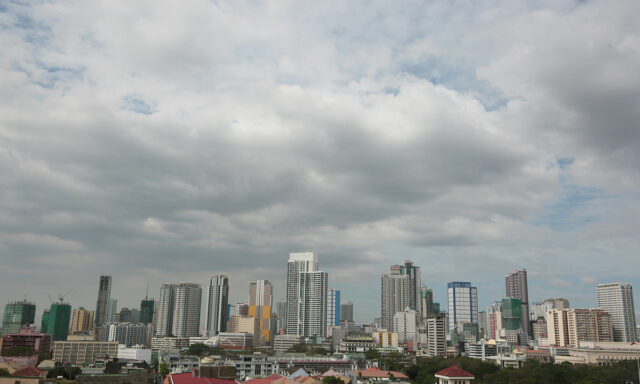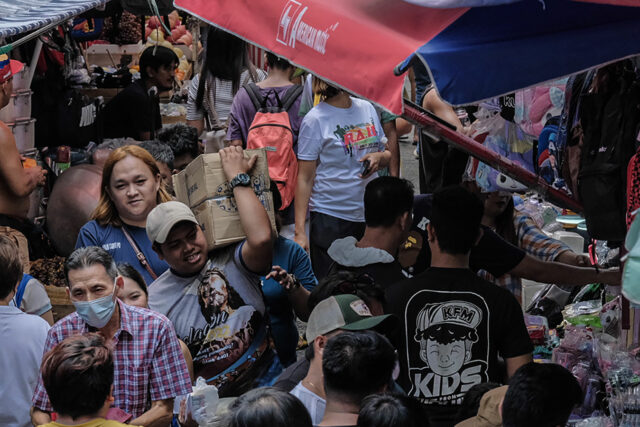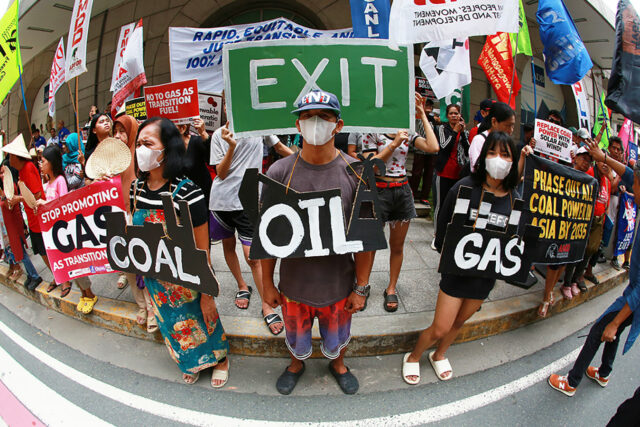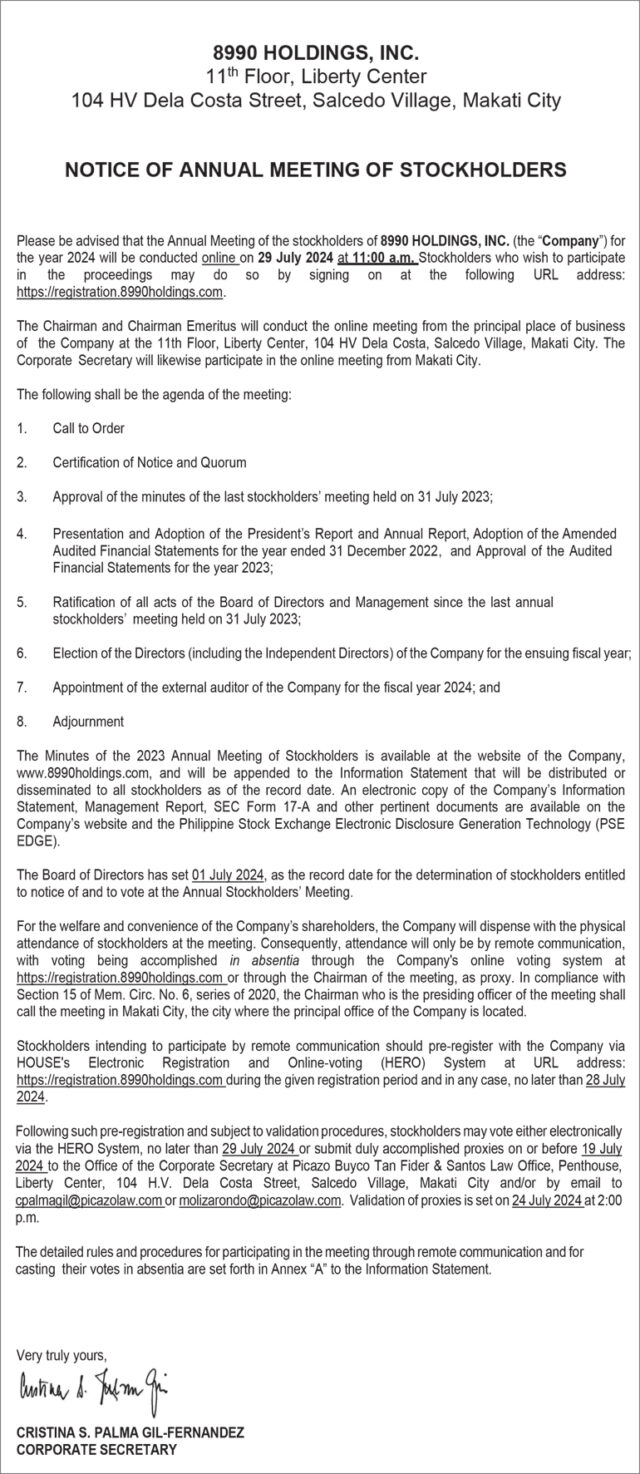By Sheldeen Joy Talavera, Reporter
THE PHILIPPINES continues to depend on coal-fired power as it struggles to implement policies to boost renewable energy capacity, analysts said.
Data from energy think tank Ember showed the Philippines is now the most coal-reliant country in Southeast Asia, surpassing Indonesia and China.
“This is a consequence of the country’s inability to transition to energy renewables and its inability to predict its long-term social effects,” Leonardo A. Lanzona, Jr., an economics professor at the Ateneo de Manila University, said in a Facebook Messenger chat.
“While we may reduce the costs of production, the looming environmental costs brought about by this policy will be greater than the benefits,” he added.
Ember data showed the share of electricity generated from coal in the Philippines increased by 2.9% to 61.9% in 2023 from 59.1% in 2022.
“As for the Philippines, coal generation grew much higher than the rise in electricity demand (9.7% vs. 4.6%). Its absolute coal generation ranks 17th in the world, but it is placed eighth in terms of generation shares,” Ember said in a statement on Monday.
Mr. Lanzona said the Philippines’ coal dependence has not significantly increased but surpassed other countries that had limited coal usage.
In 2023, 62% of power generation was supplied by coal-fired power plants at 69,472 gigawatt-hours, based on the data from the Department of Energy (DoE).
DoE data showed the country has over 6,300 megawatts (MW) of dependable coal capacity aged 10 years or younger. These plants can be relied on to operate for at least another 30 years.
Mr. Lanzona said the Philippines’ transition to green energy has been hampered by the lack of government programs.
“The lack of skills and manpower to develop full-scale renewable energy programs is one of the main constraints [in the green energy transition],” he said.
The Philippines already has a plan to accelerate the voluntary retirement of up to 900 MW of existing coal-fired power plant generation capacity by 2027 under its Accelerating Coal Transition (ACT) investment plan.
In 2020, the DoE issued a moratorium on the development of new coal-fired power plants to reduce the Philippines’ dependence on coal.
However, Gerry C. Arances, executive director of think tank Center for Energy, Ecology and Development, said the increase in renewables in the power mix is overshadowed by the fact that coal power plants have not been shuttered.
“The coal moratorium in 2020 came with the possibility of an urgent shift to renewable energy, but the Philippines confronted the threat of the aggressive push for natural gas and liquefied natural gas (LNG) crowding out the entry of renewables instead,” he said in a Viber message.
The share of renewable energy (RE) in the country’s power generation mix stands at 22%. The government is aiming to increase RE’s share to 35% by 2030 and 50% by 2050.
Ember said the Philippines and Indonesia have seen limited growth in RE generation, as their wind and solar potential “remains almost entirely untapped.”
Indonesia and the Philippines also have a smaller wind and solar share in their electricity mix than most other countries in Southeast Asia.
“Wind and solar can be deployed faster than any other renewable electricity source and are also the cheapest source of electricity. Accelerating their deployment would allow Indonesia and the Philippines to meet their growing electricity demand with renewables and to reduce their reliance on coal,” Ember said.
SUSTAINABLE ENERGY
Robert Dan J. Roces, chief economist at Security Bank Corp., said the declining costs of renewable energy make it a more sustainable long-term option.
“However, the Philippines remains bogged down by existing coal infrastructure and policy hurdles that don’t incentivize renewables just yet,” he said in a Viber message. “Compared with regional neighbors that are aggressively scaling up solar, wind and efficiency measures, the Philippines is behind.”
Mr. Roces said the Philippine government should revamp regulations, streamline permitting processes and modernize the grid.
Calixto V. Chikiamco, president of Foundation for Economic Freedom, said RE challenges include intermittency, technologies that require significant portions of land such as solar power, and those that are site-specific and need long transmission lines to connect to the grid such as wind energy.
Jose M. Layug, Jr., president of the Developers of Renewable Energy for Advancement, Inc., also cited the difficulty in securing permits and delays in regulatory approvals for power contracts and transmission projects.
“Now, under President [Ferdinand R. Marcos, Jr.], [Energy] Secretary [Raphael P.M. Lotilla] and [Energy Regulatory Commission] Chair [Monalisa C. Dimalanta], we have declared the correct signals to the private sector and investors: the Philippines wants cheaper, sustainable and more efficient renewables,” he said in a Viber message.
Investments in RE projects increased after the Philippine government allowed full foreign ownership in the sector starting November 2022.
Foreign nationals and foreign-owned entities are now allowed to explore, develop and use RE resources such as solar, wind, biomass, ocean or tidal energy in the Philippines. Foreign ownership of RE projects was previously limited to 40%.
